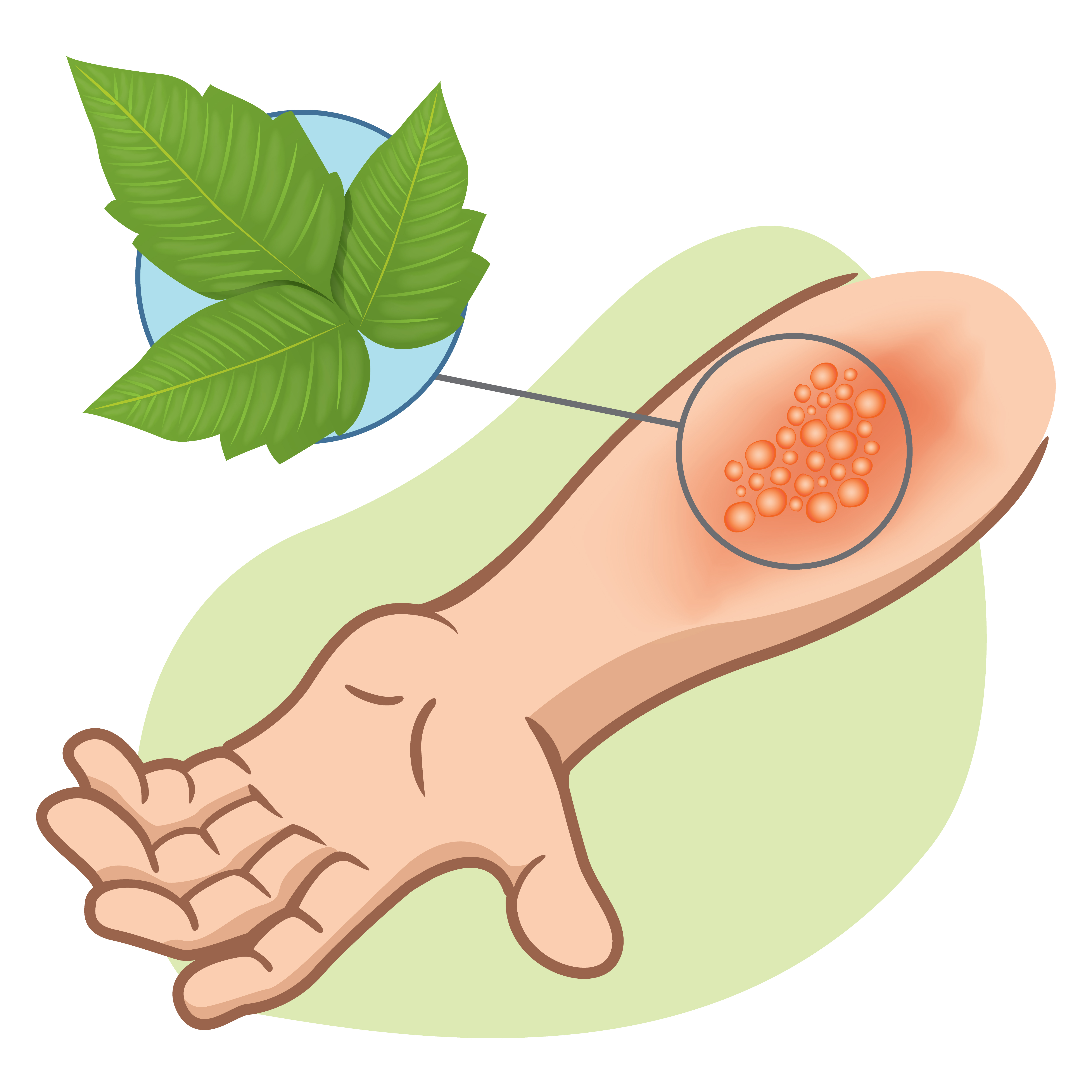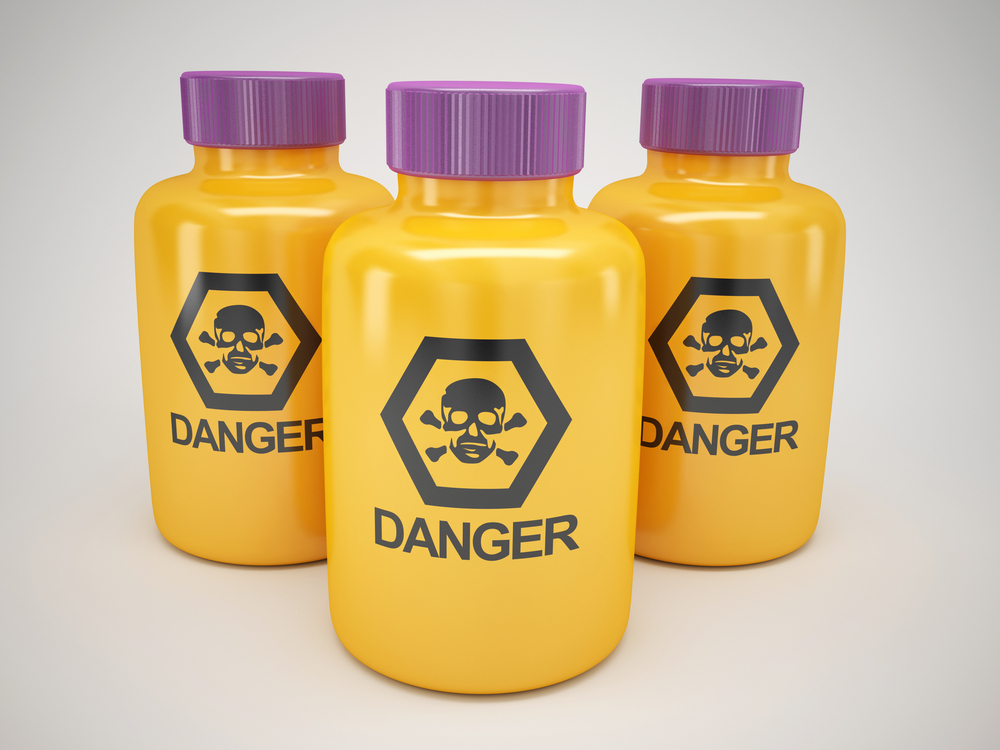Our all course combo training includes Adult, Child and Infant CPR, First Aid and Bloodborne Pathogens certification. Our Healthcare Provider courses cater to all healthcare professionals. The CPR/AED and First Aid certification is valid for 2 years and the Bloodborne Pathogens certificiation is valid for 1 year, per OSHA guidelines. The all course combo includes a free mailed in wallet card.
Chapter 26 : First Aid - Poison EmergenciesDefined:A poison is a substance that can cause injury, illness or death if it enters the body accidently or deliberately. Some poisons are harmful if you breathe or swallow them, while others are harmful upon direct contact. Causes:
Signs and Symptoms:
Common Emergency Example(s):Swallowed Poisons:These poisons enter the body by swallowing and can include: food, drugs, alcohol, household and cleaning products, pesticides, plants and more. Some substances may not be poisonous if taken in a small quantity.
Swallowed Poisons:A person can also be poisoned by breathing in poison, like certain fumes and gases. Examples include: carbon monoxide (car exhaust), carbon dioxide (from sewers, wells), chlorine (found in swimming pools), glues and paints. Absorbed Poison:These poisons are absorbed through the skin, and include: plants (poison ivy, poison oak and poison sumac), fertilizers, pesticides and more. Injected Poison:An injected poison enters the body through bites or stings of insects, spiders, ticks, snakes and / or through medical hypodermic needles. First Aid Actions / Treatment:
|
|
A poison is a substance that can cause injury, illness or death if it enters the body accidently or deliberately. Some poisons are harmful if you breathe or swallow them, while others are harmful upon direct contact.

These poisons enter the body by swallowing and can include: food, drugs, alcohol, household and cleaning products, pesticides, plants and more. Some substances may not be poisonous if taken in a small quantity.

A person can also be poisoned by breathing in poison, like certain fumes and gases. Examples include: carbon monoxide (car exhaust), carbon dioxide (from sewers, wells), chlorine (found in swimming pools), glues and paints.
These poisons are absorbed through the skin, and include: plants (poison ivy, poison oak and poison sumac), fertilizers, pesticides and more.
An injected poison enters the body through bites or stings of insects, spiders, ticks, snakes and / or through medical hypodermic needles.
Activate EMS (Call 9-1-1) and call the National Poison Control Center at 1-800-222-1222. Follow dispatcher instructions. Gather the following information and inform poison control of what you learn: